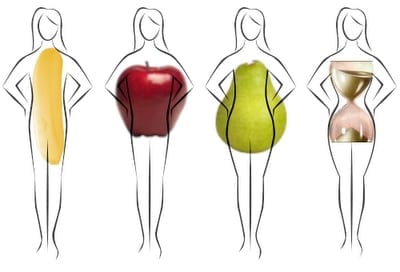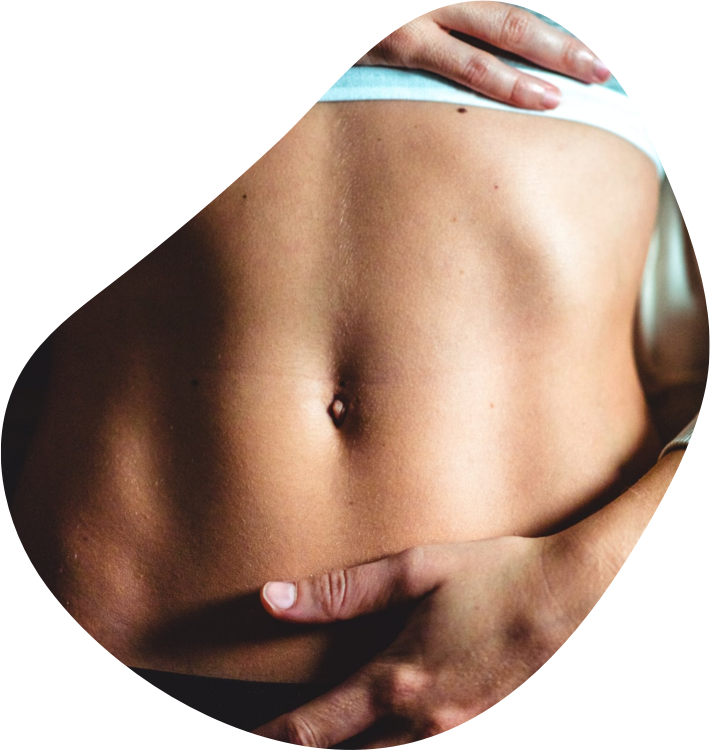There are a zillion and one diets out there at the moment. Each one claiming to be the ‘right one’ for you! It can often be hard to know what to eat to keep yourself healthy and in shape and which advice to follow, so I decided to share some of my insight into specific diets to help clear the muddy waters.
Firstly, it is important to be aware that we are not all the same. We do not all share the same genetic background, and our experiences on this earth, which also affect our genetic expression, are very different from one person to the next. To say that someone who has a short, stocky, rounder build needs the same nutrient and caloric intake as the tall, lean, racehorse type is just not that smart.
Of course there are 100 variations in body type between the round and the racehorse and we also have very different needs based on what we are using our bodies for on a daily basis. For example, the woman looking to get pregnant, the office worker, and the person who digs holes all day for a living, will all have very different nutritional needs. The food we eat needs to be individualised for our particular physiology and for the work that we expect our bodies to do. It is not as easy as saying one diet fits all, but there are certainly a few fundamentals that are necessary for good health, just as there are some diets that provide the basics for good health. Lets have a look at a couple of popular diets so you can gain a better understanding of how they work and they might be good for you.
Paleo
The Palaeolithic diet is based on the “hunter-gatherer” pre-agricultural revolution and pre-industrial revolution style of eating. Paleo fans argue that the diet is in line with our genetic needs and is the only right way to eat for good health. I would consider this to be partially true. The Paleolithic diet is packed full of fresh fruits and vegetables, protein and good fats – these are certainly some of the fundamentals of a healthy diet. I would argue that if the food eaten on the Paleo diet is also grown in the Paleo way (without pesticides, chemicals, antibiotics and preservatives), then this might be a very healthy choice for a diet (for most people).
The lack of processing means that you avoid harmful chemicals and foods eaten in their whole form which offer far greater health benefits than anything that can be produced in a food chemistry or genetics lab. The downside? Completely cutting legumes, grains, dairy and alcohol out of the diet may leave you feeling a little bored and socially isolated (never again a Mexican burrito with a side of cervesa? Ouch!). Moreover, some people’s body types really thrive on grains and legumes. Vegetarians, for example, rely on grains and legumes to achieve a comprehensive intake of amino acids. Sports people need a higher caloric intake and carbohydrates from whole grains can be an excellent source of calories for these people.
In addition, there are billions of people all over the world who subside almost primarily on legumes and grains who do not suffer from the health issues associated with the divergence from a Paleo diet. Conclusion: the diet itself is great for most body types – however it won’t work for everyone, and it may not be the sole answer to the chronic health conditions associated with living in the modern world.
5 and 2
The 5 and 2 diet is based on the premise that historically we would not have always had access to food sources for our 3 meals and 2 snacks per day 7 days per week. We would have had times of feast and times of famine – and the famine would have been a semi-regular thing. The 5 and 2 diet has you eating freely 5 days per week and then limiting your food intake to 500 (woman) or 600 (men) calories per day for 2 days per week.
Intermittent fasting is said to improve insulin signalling and therefore blood sugar control, reduce feelings of hunger and improve biomarkers of chronic health conditions. In fact, the hypocaloric diet (eating fewer calories than you burn) is one of the only proven ways to increase longevity (so far!). Moreover, there is merit to reducing the amount of work that your digestive system has to do from time to time, and intermittent fasting certainly does this.
Intermittent fasting is a fine and healthy way for most people to reduce their food intake so long as they are not pregnant, breastfeeding, A-type 1 diabetic, and they understand how to choose healthy foods. Reducing calories is one thing, but making sure that you are getting the essential vitamins, minerals, protein and healthy fats is another thing. Achieving a healthy caloric intake and body weight is only one aspect of attaining good health. If you are going to use the 5 and 2 way of eating it is imperative that you are choosing clean, whole, unprocessed foods to make up the remainder of your diet. If you are not, then you can fast away, but you will likely lack the correct nutrients for a healthy functioning body.
So, I think that the take home message is that you need to make good quality food and health your priority rather than any one particular diet. This means eating a variety of clean, whole, unprocessed, in-season foods including (but not limited to):
- Fresh fruits and vegetables
- Organic or wild meats and fish caught in cleaner waters
- Nuts and seeds
Grains, legumes, dairy and alcohol can offer health benefits too and may be included in a healthy diet depending on your particular body type, internal physiology and health status. Always choose organic or pesticide free produce – particularly when it comes to animal products and be as nice to the ocean as you can.
Finally, ENJOY your food. Prepare it with love, and share it with the ones you love. There are some aspects of health that cannot be measured using laboratory instruments or clinical trials – breaking bread (or broccoli) with your loved ones is one of these.



